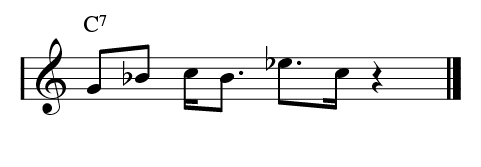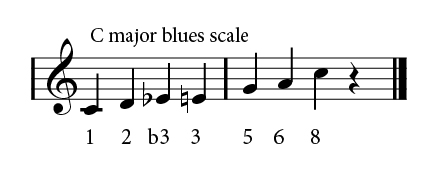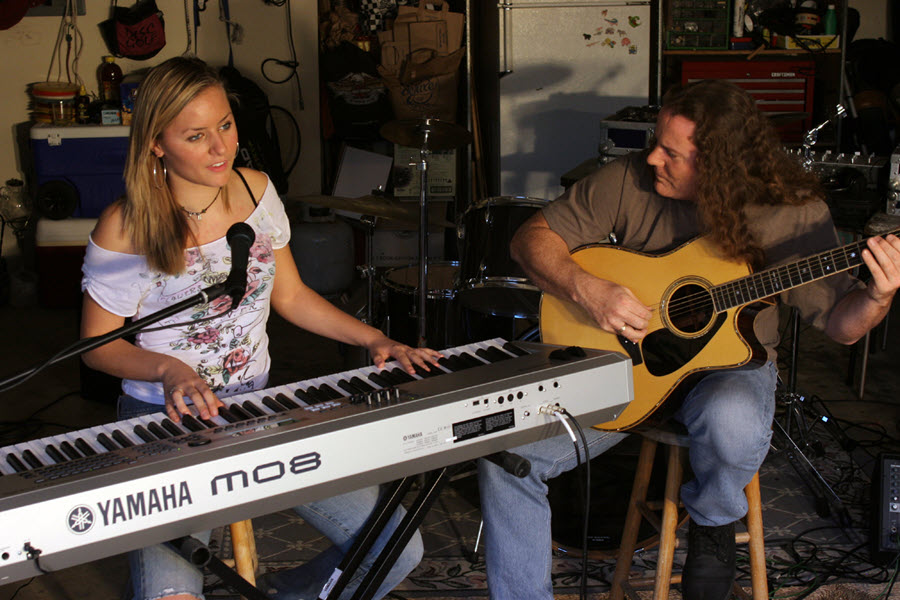Tagged Under:
10 Cool Piano and Keyboard Blues Licks
Get your blues playing going with these great riffs.
In a recent Well-Rounded Keyboardist blog posting, we talked about various forms of the blues chord progression. Now let’s learn some great phrases to use in your soloing.
The Blues Scale
The most common note choices for playing blues licks come from what is called a blues scale. In the key of C, these notes are:

Both bars 1 and 3 sound the same; the only difference is whether you call the fourth note a sharp or a flat. These notes work well over either a C dominant seventh chord or a C minor seventh chord, although many blues players will use the scale across the entire chord progression. The following 10 cool blues licks all use a blues scale.
1. Super-Simple
This first lick is just a short melodic phrase. As with all the other audio clips in this posting, I’m playing it slowly to aid in your learning, but this (and all the other licks) sounds much better at faster tempos.

The rhythm is just as important as the note choices, so it’s good to explore different approaches. Here’s a nice rhythmic variation:

2. Going Down
This next lick moves downward.

Another good way to develop variety is to change one or two notes to come up with a different phrase. For example, try these two ideas:

Leaving out a note is also a great way to change things up, and gives your lines a nice syncopated rhythmic, as in these examples:

3. Triplet Feel
Using triplets (i.e., dividing the beat into three equal parts) imparts a nice feel to many blues licks. For example:

4. Mixed Rhythm
You can create more interesting phrases by varying your use of eighth and sixteenth notes, triplets and rests, like this:

5. Double Notes
A classic blues (and rock and roll) technique is to play two notes repeatedly. This helps add power to a lick, as you can hear in the following example.

6. Major Blues Scale Licks
For a different sound, use a Major blues scale instead:

This has less color/tension notes as compared to the standard blues scale described above, plus it has a brighter sound. Let’s go back to our first few ideas and adapt them to use the Major blues scale instead:

7. Complex Blues Licks
Putting all these concepts together allows you to craft some great blues licks for your keyboard soloing. Here’s a perfect phrase to use for an intro into a blues shuffle:

8. Classic Rock and Roll Licks
Try out this riff next time you play a more rockin’ blues tune (note the two “crushed” notes played closely to the main notes in the first bar):

9. A Power Riff
This next lick uses notes played in fourths to give strength to your line.

It also sounds great on a distorted organ or a strong synth sound:
10. Use Both Blues Scales
This last lick blends seamlessly between both blues scales, closing with a classic ending figure:

All audio examples played on a Yamaha P-515
Check out our other Well-Rounded Keyboardist postings.
Click here for more information about Yamaha keyboard instruments.














